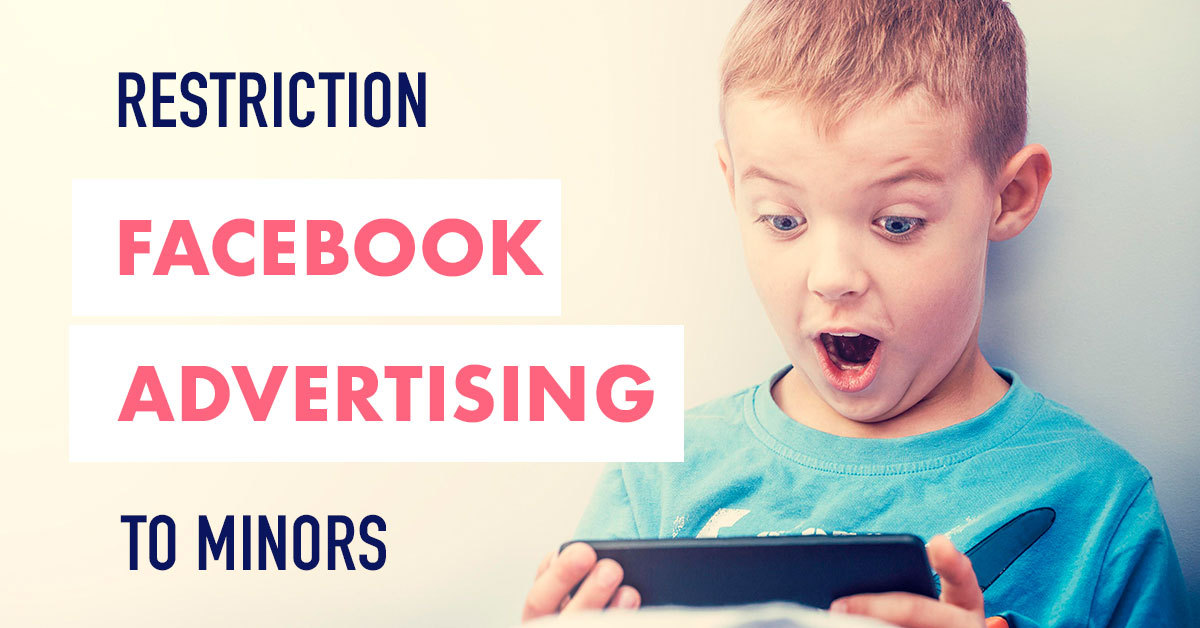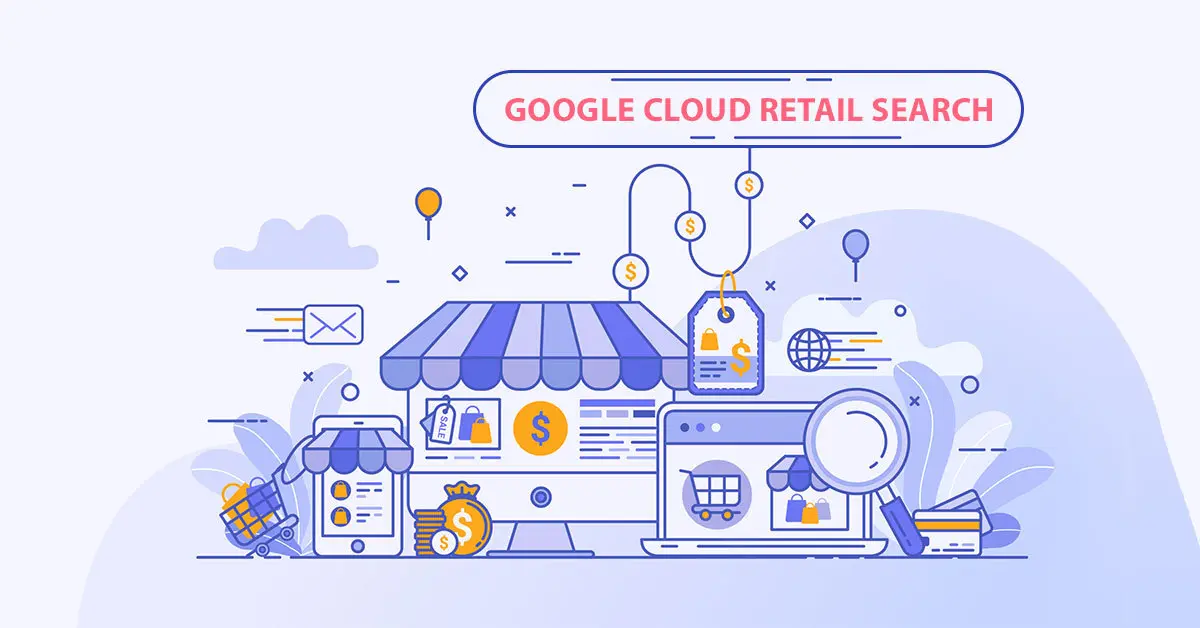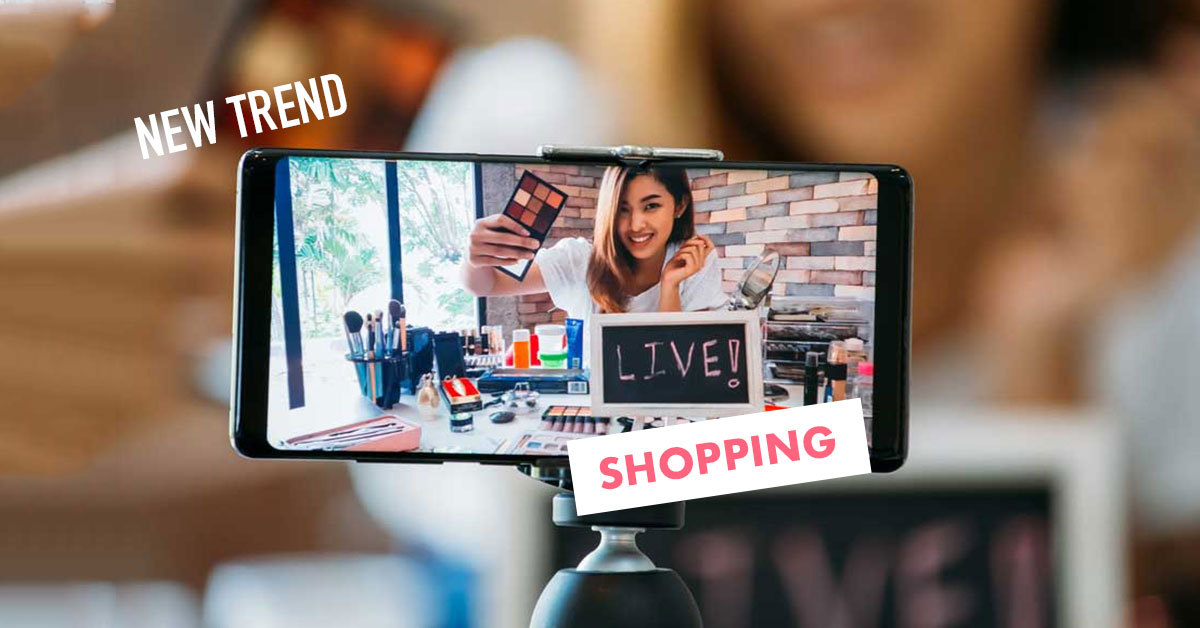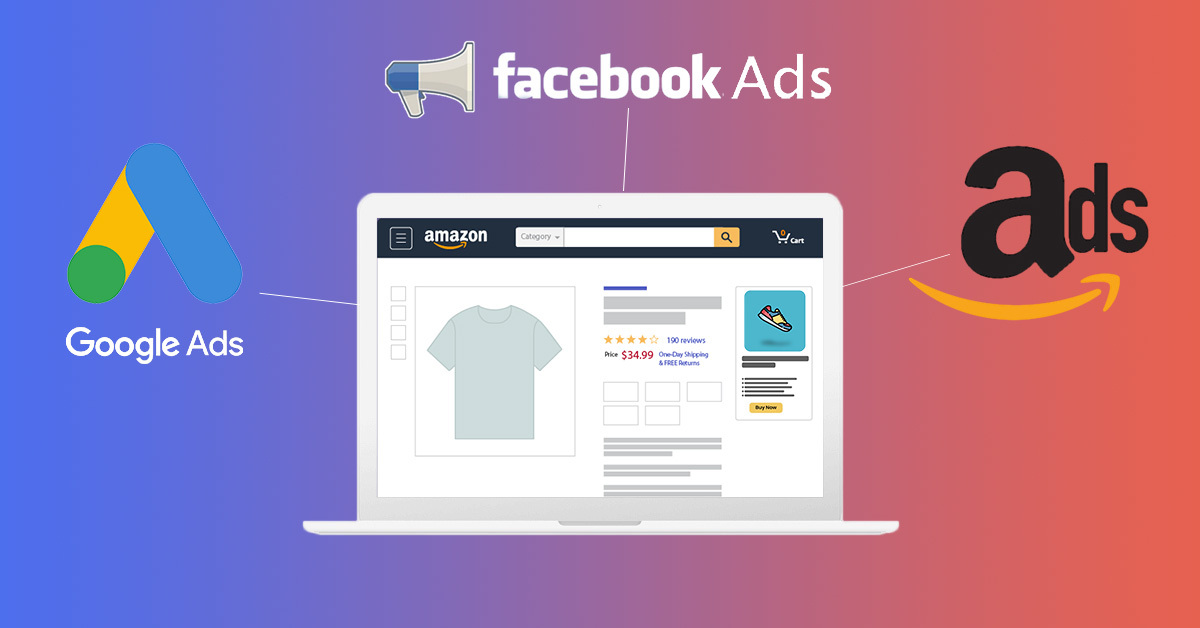How to grow your Amazon sales with external traffic
As the competition on Amazon and sponsored ad costs continue to increase, it makes sense to look for ways to drive external traffic to your listings.
Outside Amazon, external traffic sources can help you build a customer list that can be used for future campaigns and relationship-building.
Amazon Sponsored Display ads
Amazon Sponsored Display ads are available to third-party sellers enrolled in Brand Registry, as well as Vendors. This tool allows you to create display ads on and off-Amazon.
Not only will your display ads be presented across Amazon search results and product detail pages, they’ll also be visible to customers on third-party websites and apps.
Since this ad type was launched in 2019, 25% of third-party sellers have used Sponsored Display ads for their Amazon business.
Facebook ads
21% of consumers start their search for products on social media. Facebook Advertising is a powerful marketing tool that allows you to target specific interests and demographic groups that are more likely to look for and purchase your products.
With the Facebook ad platform, you’re also able to create Instagram ads that will appear in users’ feeds as they scroll through. When done correctly, Facebook and Instagram ads can have a powerful impact on your Amazon FBA sales.
Google Ads
The primary advantage of Google Ads over Amazon advertising is that you will always “own” your customer, something that Amazon explicitly prohibits as part of their policy. To have your ads approved by Google, you need to provide a quality user experience. This means giving users sufficient navigation options, as well as a professional landing page that includes a privacy policy.
You can use Google Ads to drive traffic to your LP, create special promotions and then have your visitors complete their purchase directly on Amazon. You can then re-target customers in the future or even send promotions to them directly via email marketing or other channels. For example, you can grow your own email database by creating specific ads to entice visitors to sign up and leave their email address to receive a discount coupon to apply to their first purchase.
Social media marketing
If you don’t have some kind of social media marketing strategy, you’re already falling behind. Take advantage of social media platforms to grow your brand, connect with your audience, and increase brand awareness. Consumers are already looking at their phones all day — it’s an incredible marketing opportunity!
On top of your own social media strategy, your brand can get in front of thousands, or even millions of viewers if you engage social media influencers in your niche. Influencer marketing can have a positive impact on your business if done correctly.
Collaborating with influencers in your space can help grow your social media following and increase your sales on Amazon and other ecommerce platforms.
You may not like what I’m about to say, but your brand should be on TikTok. TikTok is responsible for many products going viral and causing huge spikes in sales! There isn’t a silver bullet for what makes a product reach TikTok viral status, but being on the platform and engaging your followers with regular posts is a strong start.
Sources: Junglescout.com, marketplaceops.com
More Amazon news

Facebook restricts targeted advertising to teenagers
Facebook will stop advertisers from targeting minors Facebook plans to prohibit companies from targeting ads to minors based on their web and app activity, as well as their expressed interests. Instead, the company will restrict targeting categories for users under 18...

Google introduces Cloud Retail Search
Google introduces a new search tool for retailers With Retail Search, retailers can bring "Google-quality" search capabilities to their own digital platforms. This week Google announced Google Cloud Retail Search, a new tool to help retailers improve the product...

Live shopping is the new trend in online retail
European customers are open to live shopping Live shopping is one of the big e-commerce trends in 2021, writes e-commerce-magazin.de. This format has already become the standard for online shopping in China. Chinese influencers take customers on a shopping tour via...


